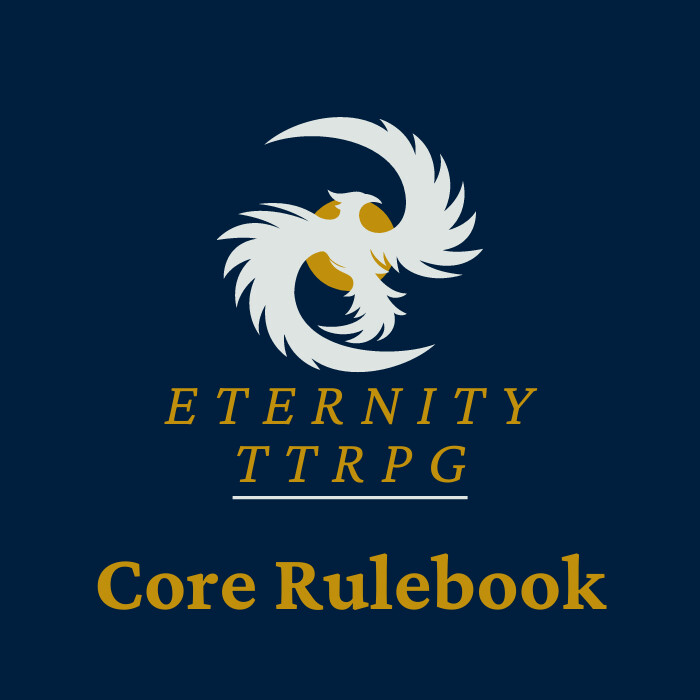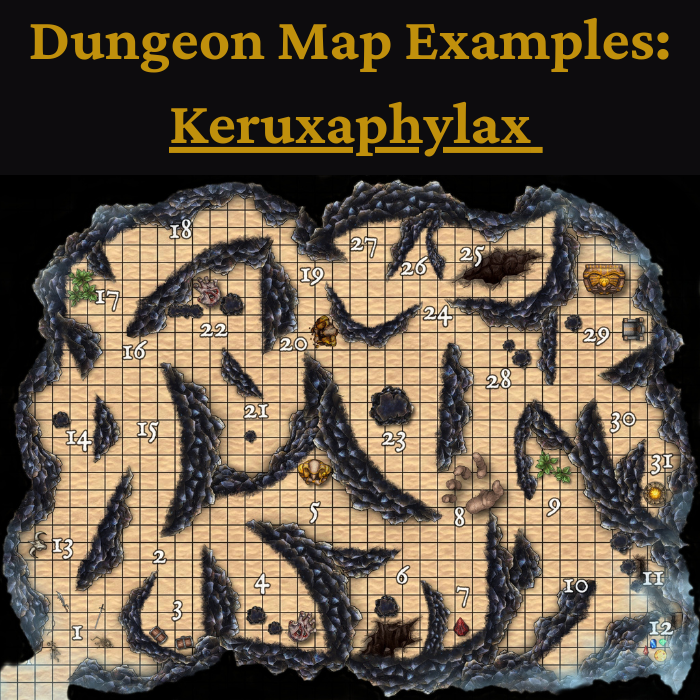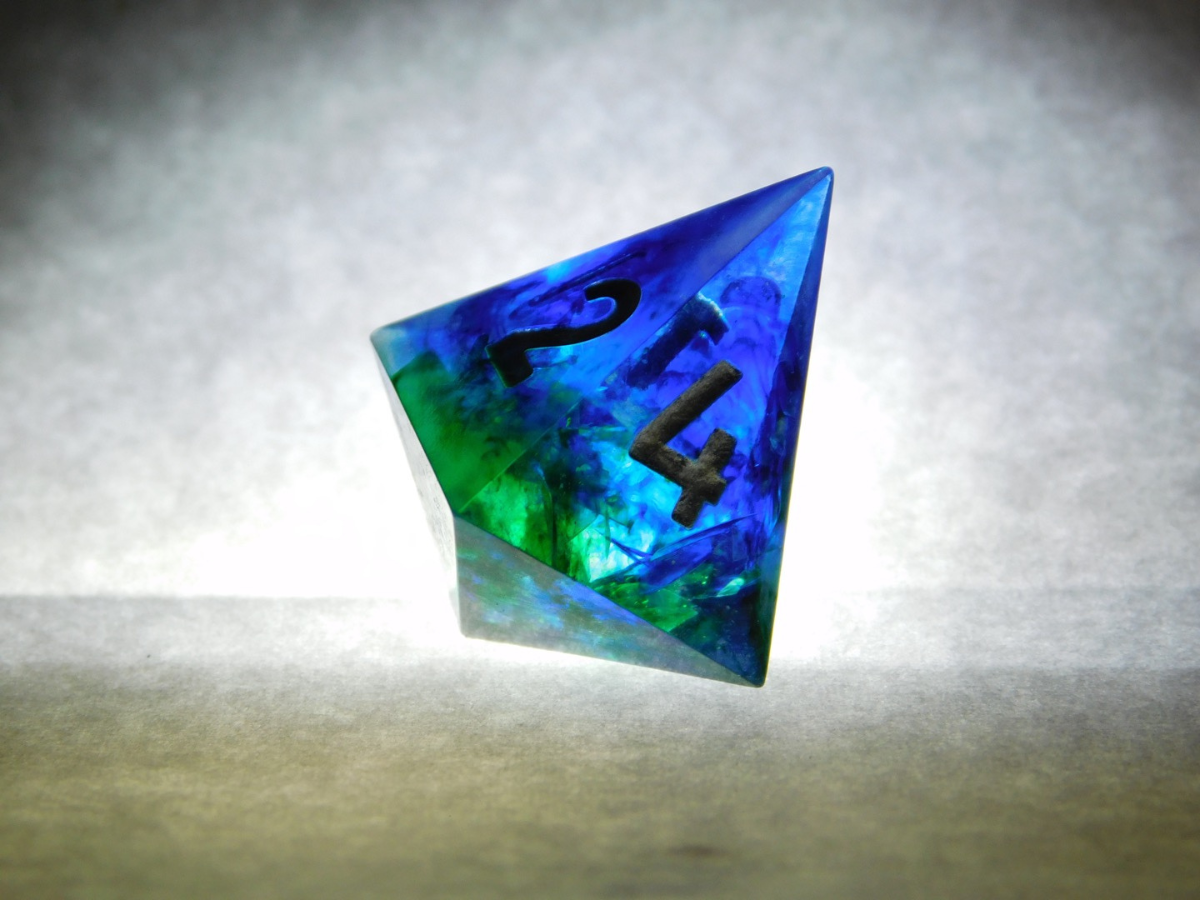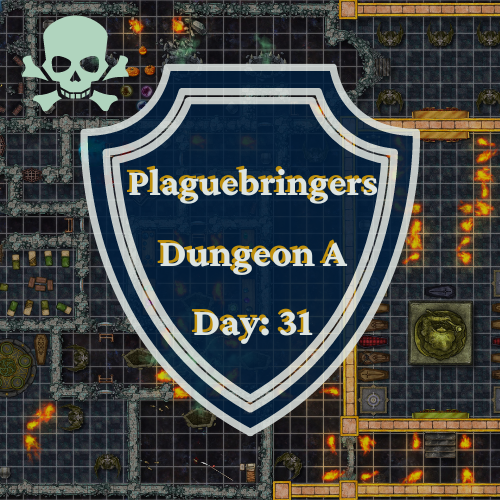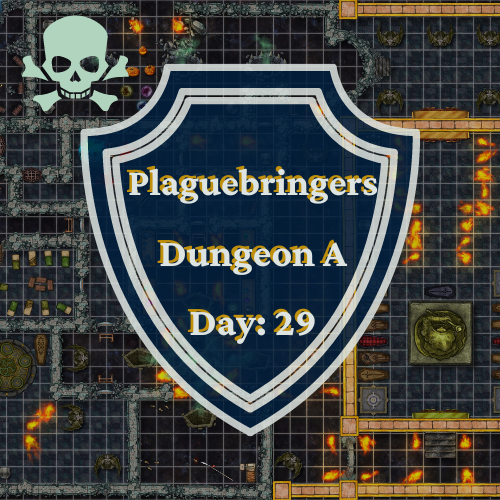Destructive Wave 5e - D&D 5th Edition Spell Book

Destructive Wave 5e
5th-level evocation
Casting Time: 1 action
Range: Self (30-foot radius)
Components: V
Duration: Instantaneous
You strike the ground, creating a burst of divine energy that ripples outward from you. Each creature you choose within 30 feet of you must succeed on a Constitution saving throw or take 5d6 thunder damage, as well as 5d6 radiant or necrotic damage (your choice), and be knocked prone. A creature that succeeds on its saving throw takes half as much damage and isn't knocked prone.
Spell details on Destructive 5e comes from the DnD Player's Handbook.
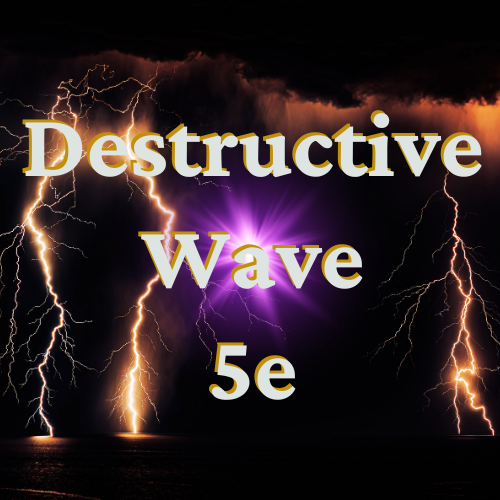
Classes That Can Cast Destructive Wave 5e
Within the player's handbook, the only class that gains destructive wave 5e as a guaranteed spell is Paladin. Otherwise, Tempest Domain Clerics may also gain destructive wave at 9th-level.
These classes make sense since destructive wave deals not only thunder damage, but also radiant or necrotic damage, at your choice. However, since the spell allows for necrotic damage, you would think that warlock might also gain access to casting the spell.
Destructive Wave Spell Effectiveness
| Damage | 1-Target | 2-Targets | 3-Targets | 4-Targets | 5-Targets | 6-Targets | 7-Targets |
|---|---|---|---|---|---|---|---|
| Total Damage Dice | 10d6 | 20d6 | 30d6 | 40d6 | 50d6 | 60d6 | 70d6 |
| Average Damage | 35 | 70 | 105 | 140 | 175 | 210 | 245 |
| Average Fighter DPR | 27 | 27 | 27 | 27 | 27 | 27 | 27 |
Spell Damage
Normally, spells may be cast using higher-level spell slots, but destructive wave may only be cast as a 5th-level spell. That being said, its damage may still increase (drastically) by affecting multiple targets. The table above provides the damage dice and average damage based on the number of targets hit with destructive wave. Furthermore, a fighter's average damage per round (DPR) is provided as a rough comparison of overall damage. This table does not factor in hit chance, but only provides raw damage values.
Destructive Wave 5e Usefulness
As I've mentioned in previous articles, like the ones on burning hands 5e and call lightning 5e, any spell in D&D capable of attacking multiple targets at once can be potentially game-breaking. Just look at the table above for comparative damage between a destructive wave that hits 5+ targets and a fighter's normal weapon attack.
Of course, even with area of effect spells such as this one, there are ways to make sure that the devastation caused to your enemies from the spell is absolutely maximized.
- Destructive wave 5e deals so much damage that it's truly one of the rare cases where I'd consider running directly into a clump of enemies, just to make sure everyone gets hit by the spell's effect.
- That being said though, the spell has a 30-foot range, so if you can hit all enemies from the full distance, be sure to do so. The last thing you want after blowing everyone up with damage is to become a pin cushion from all of their attacks at once.
- Prioritize casting this spell against enemies with thunder, radiant, or necrotic damage vulnerability to double your spell's damage.
- Cast destructive wave 5e on enemies who have low Constitution save modifiers, to increase your chances of both dealing full spell damage, and of knocking your targets prone.
Prone
Since destructive wave 5e also knocks targets prone on a failed Constitution save, you need to know exactly what happens with that effect.
- A prone creature's only movement option is to crawl, unless it stands up and thereby ends the condition.
- The creature has disadvantage on attack rolls.
- An attack roll against the creature has advantage if the attacker is within 5 feet of the creature. Otherwise, the attack roll has disadvantage.
Thunder, Radiant, and Necrotic Damage
Before casting any spell, I like to know how many monsters in the D&D monster manual have resistances, immunities, and vulnerabilities that the spell's damage type. In D&D 5e, damage resistance halves damage taken from that type (rounded down). Damage immunity completely nullifies damage of that type. And finally, damage vulnerability doubles damage from that type.
So, you can see how knowing what you're up against is a very big deal with any spell. Imagine casting destructive wave 5e against 10-enemies who are all vulnerable to one of the damage types - how much damage you would end of dealing.
Thunder Damage
In the monster manual, there are 14-monsters with thunder damage resistance, 2-monsters with thunder damage immunity, and only 1-monster with thunder damage vulnerability.
Radiant Damage
As far as radiant damage goes, there are 4-monsters with radiant damage resistance, 0-monsters with radiant damage immunity, and 2-monsters with radiant damage vulnerability.
Necrotic Damage
Finally, for necrotic damage, there are 11-monsters with necrotic damage resistance, 11-monsters with necrotic damage immunity, and 0-monsters with necrotic damage vulnerability.
Combine Destructive Wave with the Following Spells
Like most spells in DnD, destructive wave 5e gets even more powerful when used in combination with certain spells and effects. I recommend trying out some of the following spell combos to see what you enjoy playing, and to make the most of your 5th-level spell slot usage.
- Acid Splash 5e: no, acid splash isn't really a "combination" spell with destructive wave 5e. I put this spell here though to remind you that if your enemies are resistant to thunder, radiant, or necrotic damage, don't waste your 5th-level spell slot. Instead, switch up your damage types, even if it means changing it up to a simple cantrip like this one.
- Bane 5e: as I've mentioned quite a bit before, in previous posts, I really don't think very highly of the bane spell, overall. However, when you're attacking with a 5th-level spell like destructive wave, reducing 3-targets' Constitution saving throws by 1d4 can be a big deal.
- Haste 5e: if you have multiple 5th-level spell slots and you want to try the "dive-bomb" strategy, run into a large group of enemies, cast destructive wave, and finally, cast destructive wave again using your extra action each round from haste. We're talking absolutely game-breaking damage here.
- Mage Armor 5e: let's face it - if you're attacking enemies from 30-feet away, and you do big damage, you're likely going to be attacked next. So, make sure you have defensive spells like mage armor, Bless 5e for extra saving throw, or even Aid 5e or Armor of Agathys 5e for the extra temporary hits points cast on you so that you can survive the onslaught.
Destructive Wave 5e Counters
Be super cautious of spells like Silence 5e when planning to cast destructive wave. Yes, basically ever spell caster should always be wary of silence. However, spell casters can even cast silence on themselves and their own allies in order to nullify the thunder damage from destructive wave, as no thunder damage may be caused within silence's sphere of effect.
Destructive Wave-Type Spells in Eternity TTRPG
Finally, Eternity TTRPG - of course - is my personal favorite TTRPG. If you're ever interested in checking out other games like DnD, Eternity TTRPG was designed with players in mind who love the immersive storytelling and roleplaying of D&D, but want to contribute to the game's world and story while still playing a character.
Basically, Eternity TTRPG lets players jump in and out of the game master role, and provides rules and support for everyone to contribute to the overall campaign as they'd like.
Below, I've included how a similar spell to destructive wave 5e looks in Eternity TTRPG, which is "Pyro Storm," from the pyromancer class.


